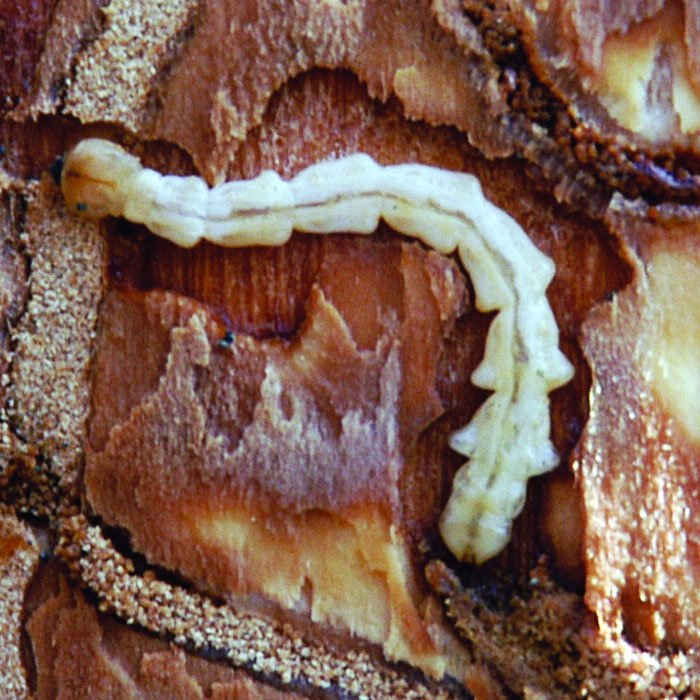
Years after settlers opened the western frontier traveling on covered wagons, the emerald ash borer has been staging its own version of manifest destiny for the better part of the past two decades.
The invasive pest that climbed aboard a Chinese cargo ship before making its way into the port of Detroit in 2002 has since been found in at least 35 U.S. states and five provinces in Canada, and leaving a swath of dead ash trees in their wake.
Its population and its range have expanded due to a lack of natural predators. Growing to only a half-inch in length, EAB is still a heavyweight when it comes to damaging ash trees. According to EAB.org, a joint educational effort that includes multiple universities and government agencies, EAB has wiped out hundreds of millions of trees across North America, and its range is predicted to swell unchecked until it reaches everywhere across the continent where ash trees grow.
 The EAB network now hosts a series of webinars to educate viewers on the pest.
The EAB network now hosts a series of webinars to educate viewers on the pest.
Ash trees in EAB's native Asia have built up some immunity to the pest over time, while host trees in the U.S. have not.
"Several of us around the country have evaluated host susceptibility to EAB since we first detected it in 2002. We've used a variety of experimental designs to evaluate host susceptibility," said Nate Siegert, entomologist at U.S. Department of Agriculture's Forest Service, in a webinar hosted by the Natural Resources Conservation Service.
"What we consistently find across these studies is that North American species of ash are more susceptible than Asian species of ash due to co-evolution of the host and the insect pest. European species tend to be intermediate in terms of susceptibility."
Click here for more resources on EAB.
Adult females, which grow to about a half-inch in length, create a hole in the bark into which they deposit their eggs. After hatching, the larvae feed on and chew galleries (pictured above right) through the tissue beneath the bark layer where the tree's vascular system is found. EAB kills ash trees by disrupting the uptake of water and nutrients through the trunk and into the upper reaches of the tree. In the spring, new adults chew through the bark and emerge leaving behind a D-shaped exit hole before flying into the canopy to ingest ash leaves and the reproductive process begins all over again.
Symptoms of infestation include thinning of the canopy and sprouts growing from holes in the trunk that were created by the pests, along with voracious woodpeckers that have developed quite a taste for EAB. According to scientists, canopies of mature ash trees typically die off within two years of infestation and the trees are dead within five years. All native North American ash species are susceptible to EAB.
To date, EAB is found in Alabama, Arkansas, Colorado, Connecticut, Delaware, Georgia, Illinois, Indiana, Iowa, Kansas, Kentucky, Louisiana, Maine, Maryland, Massachusetts, Michigan, Minnesota, Mississippi, Missouri, Nebraska, New Hampshire, New Jersey, New York, North Carolina, Ohio, Oklahoma, Pennsylvania, Rhode Island, South Carolina, South Dakota, Tennessee, Texas, Vermont, Virginia and West Virginia, as well as Manitoba, New Brunswick, Nova Scotia, Ontario and Quebec in Canada.
EAB.org is a joint effort of Michigan State, Purdue and Ohio State universities; the Michigan and Ohio departments of agriculture; the Michigan, Indiana and Ohio departments of natural resources; the USDA Forest Service; the USDA Animal and Plant Health Inspection Service (APHIS); and the Canadian Food Inspection Agency.


